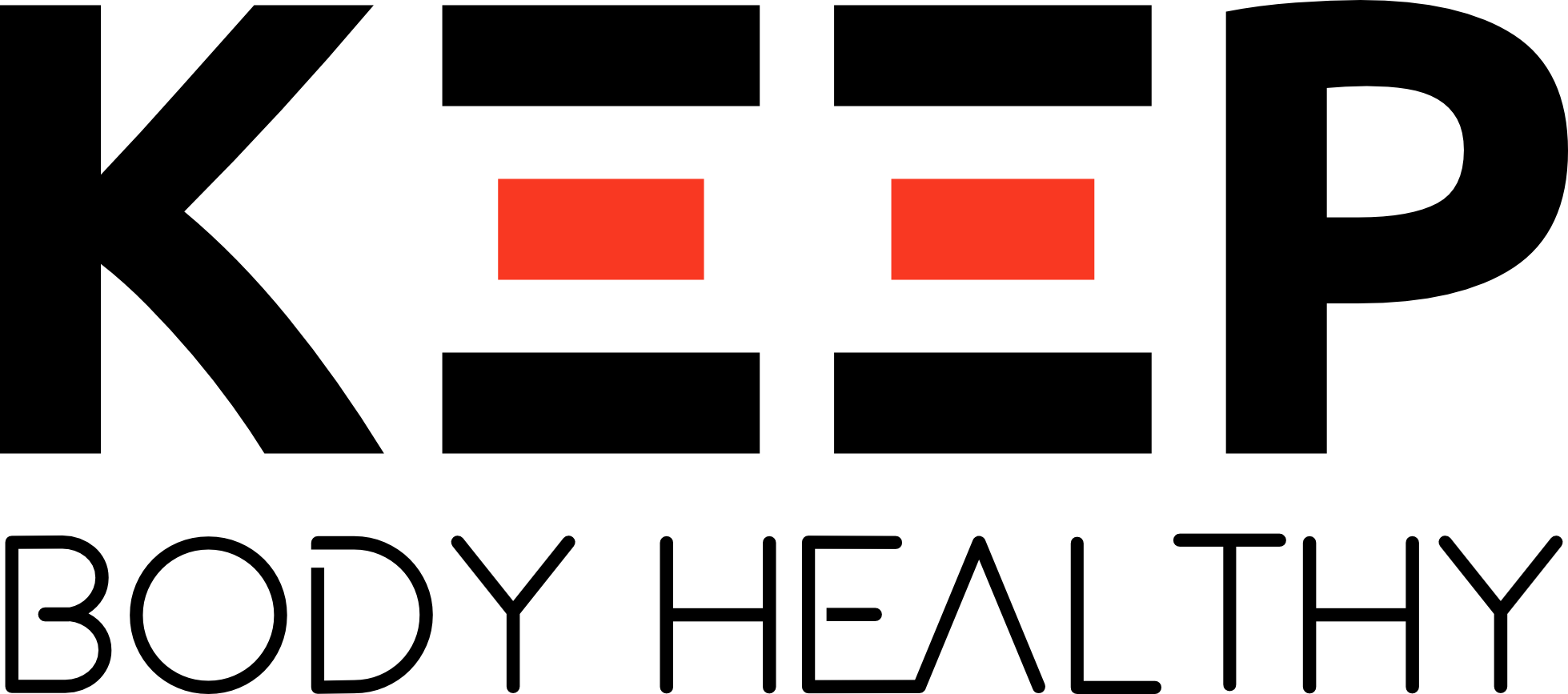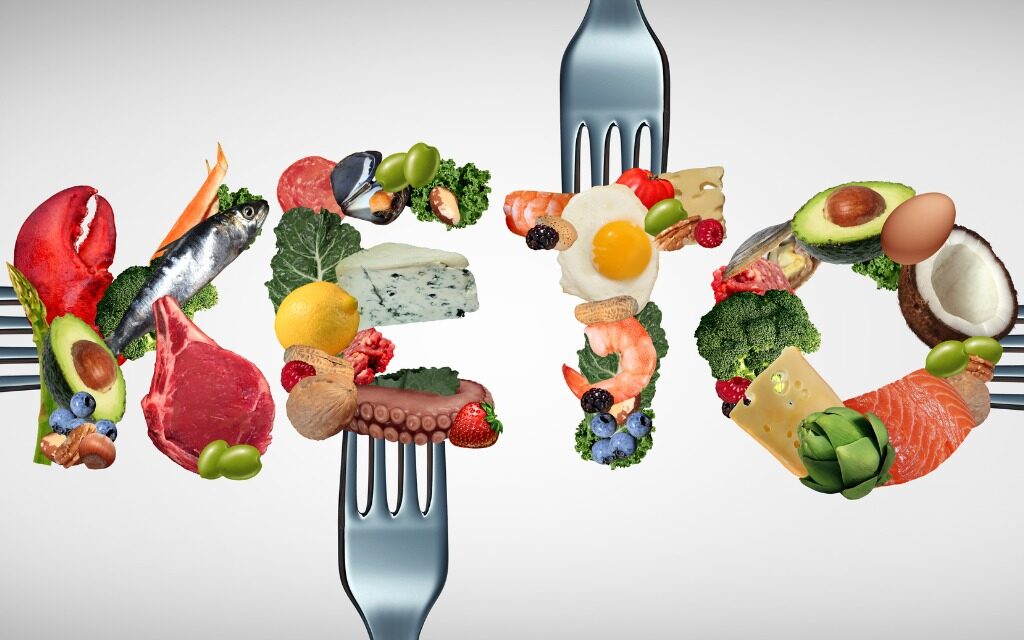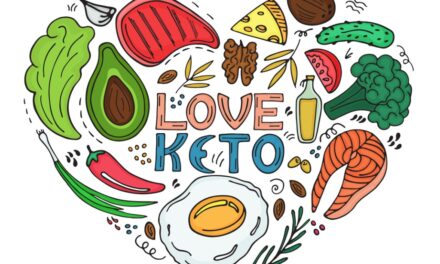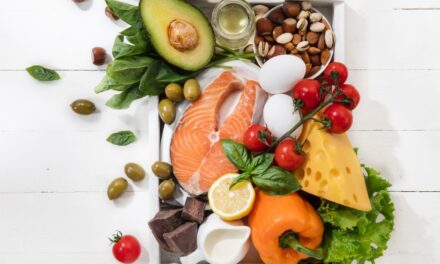The ketogenic way of life is very safe if you’re doing it correctly, putting nutrition above everything else. But like most situations, everyone wants something for nothing.
The ketogenic lifestyle is not about eating a pound of bacon every day; in fact, that would not be good for anyone to do at all.
Here are answers to some common questions about the keto lifestyle.
1 – Should I Talk to My Doctor?
Most people can do it easily and successfully with only good things to report. However, almost everyone can benefit from seeing their doctor before starting a diet. This is especially true for anyone who is taking medication for diseases like diabetes and high blood pressure. This is because this diet is very powerful, and you will lower your blood pressure and blood sugar levels. How much depends on the person.
Some doctors don’t like any type of “diet” and others are partial to other types of “diets.” There is a lot of opinions that go into doctoring, so don’t take it personally. The first question you want to ask your doctor is how they feel about the keto lifestyle or a low-carb diet in general. Then you may want to ask follow-up questions based on their answer.
If they do know about the real keto lifestyle, you can then ask any other questions you may have. Write them down before you go so that you don’t forget. It’s easy to feel rushed to the doctor’s office. A good thing to ask for is “before” tests to find out where you stand health-wise; you can then get a check-up in a couple of months to see how well you’re doing.
2 – What Food Can I Eat on the Keto Lifestyle?
In general, you want to ensure you eat the right ratio of fat, carbohydrates, and protein. Most people will be in the following ranges: 60 to 75% calories from fat, 15 to 30% calories from protein, and 5 to 10% from carbohydrates.
To fill those macronutrient ratios, you’ll need to eat only whole healthy food that is produced in the most natural way possible, without the use of hormones and chemicals. Plus, you should not eat any processed food.
This is a healthy lifestyle. Just because something is “low carb” or says “keto” on it, doesn’t mean it’s good for you. What you will eat are healthy sources of protein in moderate amounts, fresh veggies of all sorts, some fruit, and healthy fat. In fact, most of your calories are supposed to come from healthy fats from sources like coconut, olive, nuts, and seeds. When you have a choice, always eat the whole thing over going for the processed version. For example, eating olives gives you healthy olive fat plus veggie nutrients.
3 – What Should I Not Eat on the Keto Lifestyle?
This is a short and easy answer because there isn’t much you cannot eat when you think about it. Compare it to other lifestyles, and you quickly realize that every single healthy way of eating includes avoiding processed food, sugar, salt, and unhealthy fats – especially in combination. When you live the ketogenic lifestyle, it’s easy to say no because you realize those things aren’t food. There is no world where eating pop tarts for breakfast, for instance, is going to be healthy.
The foods you should not eat on keto are:
- Flour
- Grains
- Most fruit
- Refined sugars
- Soft drinks/fruit juices
- Starchy vegetables
You can literally eat everything else. Name one diet where you can eat the things on this list in a way that you want to eat them. No one wants to eat whole grains without fat on them, but that’s the only way you can eat them on that lifestyle and be healthy.
There are versions of some of these that you can make but remember that when you try to make something to take the place of something else, it never tastes as good. Instead, consider cooking new things that have their own special flavors that you enjoy. When you start reading labels, understand that if the ingredients include any of the above you should not eat it.
4 – Do I Have to Count Calories?
Even though there are guidelines in terms of the ratios of the macronutrients that you eat, you don’t have to really count. You can just eyeball your meals on your plate. In general, a serving size of a piece of protein is the same size as the palm of your hand.
Fill your plate halfway with veggies, about a fourth of the plate should have the protein, and the rest of the plate includes all the fat you’re supposed to eat – which of course is likely used to flavor the veggies and protein. Eat when you’re hungry and stop when you’re full. It really is that easy. That is why it’s such a good lifestyle.
However, if you want to, you can count calories when you first start. Start by eating at the top of the calorie requirements for your desired weight range and stay there if you’re happy with the results. If you need to cut back more, you’re at the top so you can still cut back.
You can also choose to figure out how many grams of carbohydrates would be in your ideal day and just count that, as this can often be simpler to keep track of. As you grow into the lifestyle, you’ll end up not needing to this, but in the beginning, it does help to know what you should be eating so you have an idea and guideline to go by.
5 – Do I Need to Take Supplements?
Because of the state of our food sources, most people do need to take some supplements, but not as many as you might think. Also, each person is different, so the best thing to do is to look at your personal situation and find the right supplements for that.
However, in most cases, you can benefit from supplementing with MCT oil, BHB salts, vitamin B12, and vitamin D3. You can ask your doctor for a blood test to determine your levels. The main problem with B12 and D3 is environmental. We wash our food too much to get enough B12, and some people just don’t produce it, so almost everyone can benefit from taking it.
The problem with B12 is that a deficiency may not show up until it’s too late and it’s irreversible and can cause serious neurological problems and fatigue. The issue with D is that we tend to wear sunscreen (and we should) and wash too (you should not wash for 24 to 48 hours after sun exposure to get enough D). Having a vitamin D deficiency can result in body pain, lower back pain, and fatigue.
6 – Am I Going to Get High Cholesterol?
While no one can speak to how any lifestyle will affect another, research shows that the opposite happens to most people. Many people end up with higher-good cholesterol and lower bad cholesterol. The truth is, many people have high cholesterol due to genetics. The best thing to do is to get tested before, during, and after about 90 days of sticking to the ketogenic lifestyle. You may be surprised by the results, and so will your doctor.
To Sum Up
We’ve discussed what makes the ketogenic way of eating so effective, the health benefits, and why it’s a great lifestyle to be part of. We’ve also covered what to eat and what not to eat, the side effects of eating this way, and how to make it your lifestyle easily. Finally, we’ve given some common questions and answers about the ketogenic lifestyle. Now it’s up to you to choose whether you want to be part of this amazing lifestyle or not.
The real question is, do you want to feel great, be more energetic, and overall healthier? And guess what, after a bit of a transition into the keto lifestyle you’ll never have to give it much thought again. It’ll be second nature and a true lifestyle – not a fad and not a diet.






Recent Comments